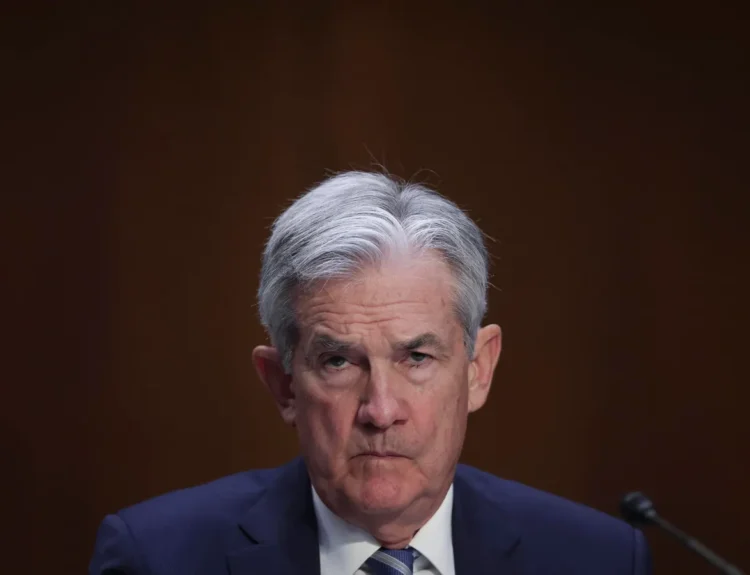President-elect Donald Trump issued a stern warning to BRICS nations, threatening 100% tariffs on countries developing alternatives to the U.S. dollar, particularly targeting the newly launched BRICS Pay system. This blockchain-based platform aims to bypass the dollar-dominated SWIFT network by enabling cross-border payments in national currencies, with broader goals of reducing dollar dependency.
- BRICS Pay and Its Implications:
- BRICS Pay, introduced in October, enables seamless payments using national currencies via digital wallets and QR codes, challenging SWIFT’s dominance.
- It provides an alternative for nations like Russia, largely excluded from SWIFT due to sanctions.
- Trump’s Stance:
- Trump demanded a commitment from BRICS nations to halt plans for a unified BRICS currency or alternatives to the dollar.
- Without such commitments, he promised steep tariffs and trade repercussions.
- Global Reaction:
- The Kremlin dismissed Trump’s threats, noting many nations are already adopting national currencies for trade.
- BRICS+, which now includes Iran, Egypt, Ethiopia, and UAE, represents 45.2% of the world’s population and significant economic influence.
- Broader Context:
- Trump’s focus on tariff threats echoes his previous strategies with Mexico and Canada, where he successfully initiated talks on immigration and trade issues.
- Analysts believe BRICS’ efforts pose no immediate threat to the dollar’s global reserve currency status, though they align with the growing “de-dollarization” trend.
Trump’s threats aim to pressure BRICS nations into negotiations but face skepticism over enforceability and clarity on what constitutes a satisfactory resolution. Whether this approach spurs dialogue or escalates tensions remains uncertain.










